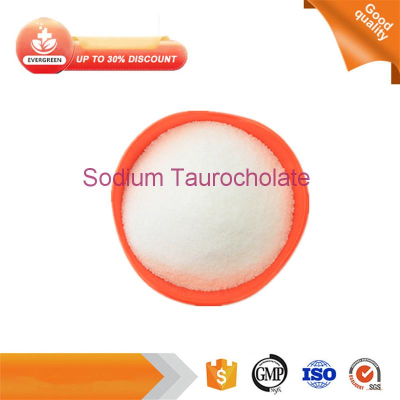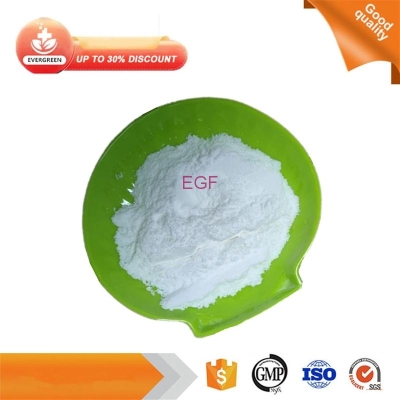-
Categories
-
Pharmaceutical Intermediates
-
Active Pharmaceutical Ingredients
-
Food Additives
- Industrial Coatings
- Agrochemicals
- Dyes and Pigments
- Surfactant
- Flavors and Fragrances
- Chemical Reagents
- Catalyst and Auxiliary
- Natural Products
- Inorganic Chemistry
-
Organic Chemistry
-
Biochemical Engineering
- Analytical Chemistry
- Cosmetic Ingredient
-
Pharmaceutical Intermediates
Promotion
ECHEMI Mall
Wholesale
Weekly Price
Exhibition
News
-
Trade Service
Acute fatty liver disease (AFLP) during pregnancy is a rare but critically ill obstetric disease with a high fatality rate and a serious threat
Q1How to determine the timing and indicators of AFLP outpatient screening for pregnant women?
35 to 37 weeks of gestation is recommended as the timing of outpatient screening for high-risk pregnant women (GRADE grade: 1C
Routine blood count, liver function, and coagulation tests are recommended as first-line indicators for outpatient screening (GRADE grade: 1C
Pregnant women who are suspicious for the first time in the outpatient clinic should be re-examined as soon as possible to identify the AFLP (GRADE Rating: GPS)
Q2How is AFLP diagnosed?
Clinicians are recommended to use the Swansea criteria for diagnosis (GRADE Grade: 1C
Table 1 Swansea standard for AFLP
For pregnant women with suspected AFLP who do not meet the diagnostic criteria of Swansea, it is recommended to review liver function and coagulation function (GRADE level: 1C)
The diagnosis of AFLP is based on clinical diagnosis, and liver biopsy is not a necessary diagnostic basis (GRADE grade: 2D
Q3How to assess the preoperative risk of a pregnant woman with AFLP?
Serum TBil, prothrombin activity (PTA), or international normalized ratio (INR), fibrinogen, platelet count, serum lactic acid, serum creatinine level, and duration of the disease are recommended as indicators of preoperative risk assessment (GRADE grade: 2C).
Prenatal PTA < 40% (or INR > 1.
Q4How do I determine how and when an AFLP pregnant woman will terminate her pregnancy?
Priority is recommended for those who cannot give birth vaginally in the short term or who have poor cervical conditions to terminate pregnancy by caesarean section (GRADE level: 1B
If vaginal delivery is unavoidable, it is recommended that the vaginal delivery process be completed as soon as possible under conditions that actively improve coagulation function and prevent postpartum bleeding (GRADE grading: 2D).
Early termination of pregnancy (GRADE rating: 1C)
is recommended for AERP pregnant women.
Liver function, coagulation function, urgency of delivery, and systemic conditions are recommended as the main considerations in anesthesia selection (GRADE grade: GPS
).
Preoperative establishment of a rapid response multidisciplinary team (MDT), including obstetrics, infectious diseases, anesthesia, ICU, neonatology, and blood transfusion, is recommended to jointly evaluate and develop a surgical anesthesia protocol (GRADE Grade: GPS)
for AFLP pregnant women.
Evaluation of coagulation function is recommended as the main basis for the choice of anesthesia modality: intraspinal anaesthesia is indicated in pregnant women with INR≤1.
2, single subarachnoid block anesthesia and local nerve block in pregnant women with 1.
2 < INR < 1.
5, general anesthesia (GRADE grade: 1D)
in pregnant women with INR ≥ 1.
5 or circulatory dysfunction.
It is recommended to be vigilant against perinatal complications in pregnant women with AFLP, common complications including acute renal insufficiency, DIC, and MODS (GRADE grade: 2D
).
Prenatal PTA < 40% or INR ≥ 1.
5, TBil> 171 μmol/L is recommended for management as a very high-risk group for the occurrence of the above complications (GRADE grade: 2D).
Rapid response MDT is recommended to jointly assess the extent of the condition of pregnant women and the timing of artificial liver treatment (GRADE grade: GPS
).
Pregnant women with mild AFLP do not recommend artificial liver therapy, but postpartum dynamic assessment of disease changes (GRADE grade: 2D) is
recommended.
For pregnant women with severe AFLP, artificial liver therapy (GRADE level: 1C) is
recommended.
Postoperative PTA, serum TBil, platelet count, and serum creatinine are recommended as indicators for assessing the prognosis of pregnant women with AFLP (GRADE grade: 2D
).
It is recommended that AFLP pregnant women with persistent abnormalities in the above indicators after surgery or who have no recovery trend after 1 week of termination of pregnancy are included in the key population with poor prognosis for MDT joint assessment, and those who are suitable can undergo liver transplantation treatment (GRADE grade: 1D).
Routine monitoring of blood count, liver function, renal function, and coagulation function (GRADE grade: 2D)
is recommended during treatment.
Patients with mild illness are recommended to review the above indicators 3 to 4 days after delivery (GRADE grade: 2D); Women whose postpartum condition is still progressing or who have serious complications are advised to monitor for severe disease (GRADE grading: 2D
).
Critically ill patients are recommended to monitor the above indicators at intervals of up to 12 to 24 h, and adjust the frequency of monitoring at any time (GRADE rating: 2D)
if there is a change in the condition.
Note: AFLP indicates acute fatty liver disease in pregnancy; MDT stands for Multidisciplinary Team; INR denotes internationally standardized values; PTA indicates prothrombin activity; TBil indicates total bilirubin; AKI indicates acute impairment of renal function; DIC stands for diffuse intravascular coagulation; MODS indicates a syndrome
of multi-organ dysfunction.
Figure 1 Clinical management process of AFLP pregnant women
The above content is excerpted from: Obstetrics and Gynecology Branch of Chinese Medical Association.
Clinical Management Guidelines for Acute Fatty Liver in Pregnancy (2022)[J].
Journal of Clinical Hepatobiliary Diseases, 2022, 38(4): 776-783.







